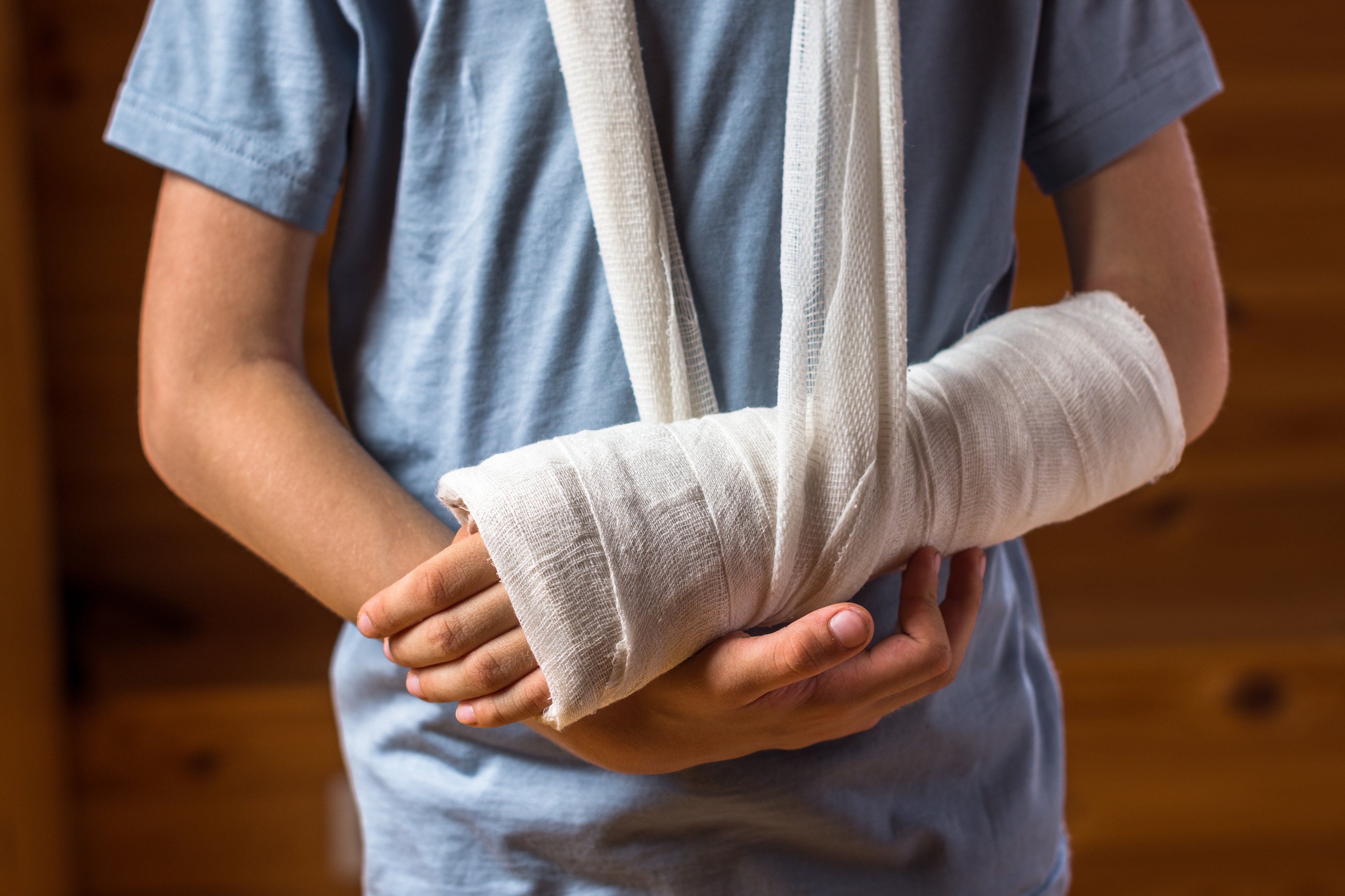What is limping?
Limping is an abnormal walking pattern that is usually different than a child’s usual way of walking (gait). Limping may be caused by pain or weakness anywhere in the foot, ankle, leg, knee or hip or by a deformity of a bone or joint. Occasionally a limp occurs because of a problem with balance. Sometimes limping is caused by pain in the lower abdomen from appendicitis or severe constipation.
How limping develops (suddenly or slowly) depends on the cause. Depending on the age of the child, it is sometimes difficult to figure out what body part is causing the limp. However, children don’t limp without a reason and should be seen by a health-careprovider. The timing of a health-care visit depends on the age of the child and whether they have any other symptoms associated with the limp.
Signs and symptoms of limping
- walking irregularly
- hobbling
- pain or discomfort while walking
- putting less pressure on one foot
Other children avoid walking, even though they can walk.
Depending on the cause of the limp, some children may have other symptoms such as swelling of a joint or area of the leg or foot, redness of the skin or fever.
Causes of limping
Limping has many causes. Sudden-onset limping is usually caused by injuries or infections. Gradual-onset limping may be due to juvenile idiopathic arthritis, different leg lengths and some bone conditions in children. Rarely, it can be caused by cancer.
Sudden onset limp:
Injuries
- sprained or injured ligaments; a sprained ankle is very common
- muscle strains
- "toddler's fracture," a common injury from jumping and landing on a twisted ankle
- fractured bones
- splinter or cut to the bottom of the foot
- swelling or pain from an insect bite or bee sting
Infection
A limp can also be caused by infection in the joints or the bones. A joint infection is called septic arthritis. A bone infection is called osteomyelitis. These infections are caused by bacteria that infect a bone or joint by spreading through the bloodstream from another part of the body.
With these types of infection, your child may refuse to walk at all. Your child may also have severe pain, fever or redness in the infected area.
Bone or joint infections are serious and need to be diagnosed and treated immediately.
Even infections of the skin and soft tissue (cellulitis) can cause pain and a limp. Sometimes the limp is noticed before the redness or swelling.
Transient synovitis
Transient synovitis is a common cause of limping in children. Temporary inflammation of the joint lining often occurs a few weeks after a viral infection and usually lasts up to one to two weeks. The hip is the most common joint affected.
Benign acute childhood myositis
Benign acute childhood myositis is a common cause of muscle pain and difficulty walking in children. It is muscle inflammation caused by a virus and usually occurs a few days after a viral infection. The most common virus that causes it is influenza, and the pain is usually in the muscles of both legs.
Gradual-onset or intermittent limp:
Arthritis
Inflammation of one or more joints in the hip, knee, ankle or foot can cause a limp. There are several types of inflammatory arthritis in children.
Inflammation and swelling that occur gradually are often associated with morning stiffness. A child’s limp may be more noticeable in the morning.
Different leg lengths or hip problems
Some children are born with uneven leg lengths. Other children injure a leg, resulting in a shorter length.
Uneven leg lengths can also occur as a result of untreated developmental dysplasia of the hip. This condition may leave one leg longer than the other.
Other hip and leg problems
Legg-Calve-Perthes disease: The softening of the growing end of the femur (thigh bone).
Slipped capital femoral epiphysis: When the head of the femur slips off the shaft. This can occur either suddenly or gradually.
Cancer and tumours
Certain forms of cancer and some bone tumours can cause bone pain and limping. These include leukemia, neuroblastoma, osteosarcoma and Ewing's sarcoma as well as benign tumours such as osteoid osteoma. Limp and pain are usually gradual in onset, with pain often occurring at night and at rest. Depending on the diagnosis, some children may have weight loss, loss of energy, pale skin or bruising.
What your child's health-care provider can do
Your child's health-care provider will ask about any injuries and other symptoms that your child is experiencing. They will do a physical examination to try to determine the cause of the limping. Depending on your child's other symptoms and the most likely diagnosis, the health-care provider may suggest blood work, X-rays, an ultrasound of a joint and sometimes an MRI.
Treatment
Treatment will depend on the cause of the limping. Pain from any cause can be treated with acetaminophen or ibuprofen.
When to see a health-care provider
Go to the nearest Emergency Department if your child has a limp plus any of the following symptoms:
- fever
- sudden or severe pain
- swelling or redness over any part of the leg
See your child's health-care provider if:
- the limp persists or worsens
- your child has reduced energy, pale skin, bruising or weight loss
- you notice significant leg or joint swelling

